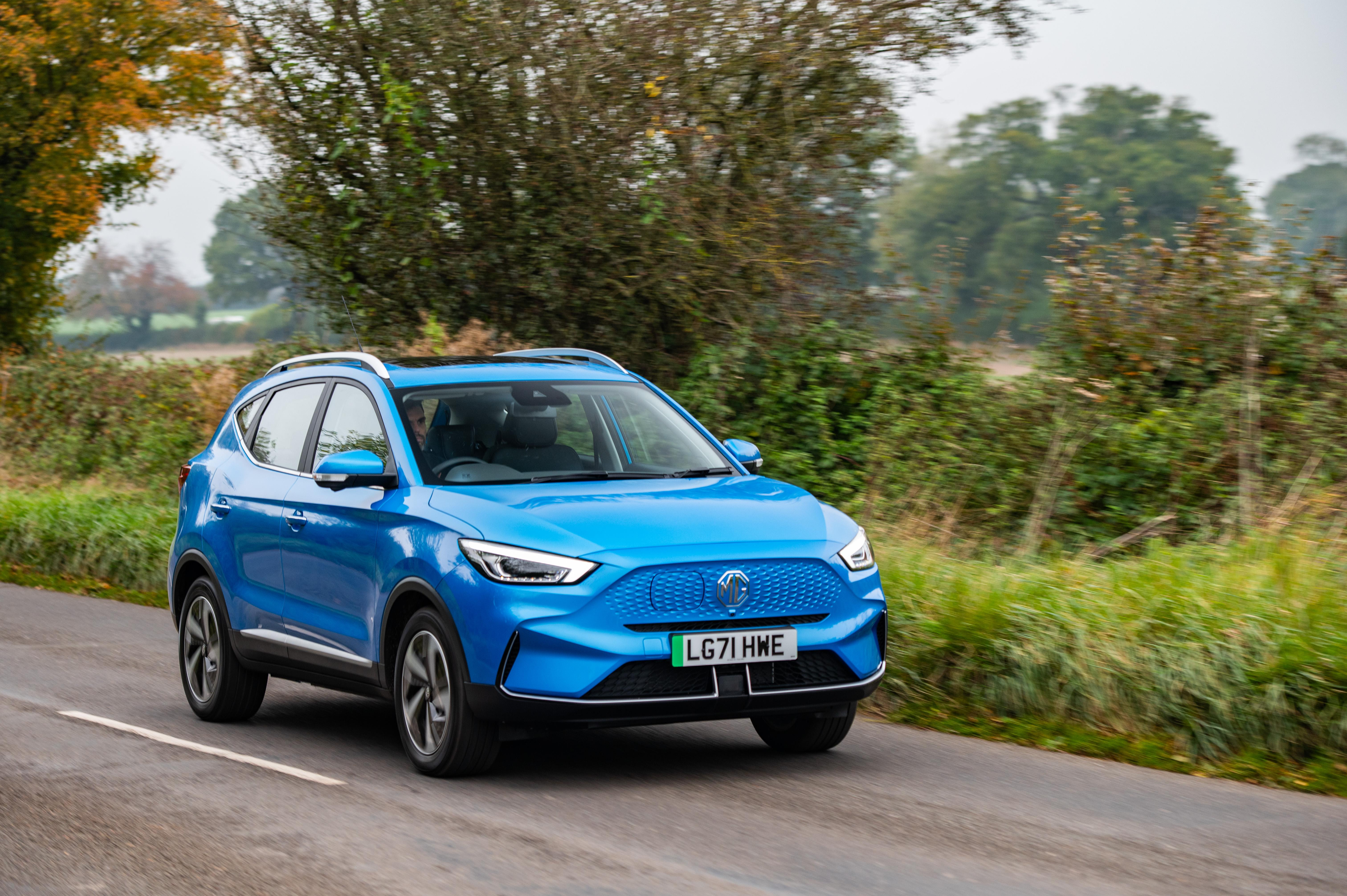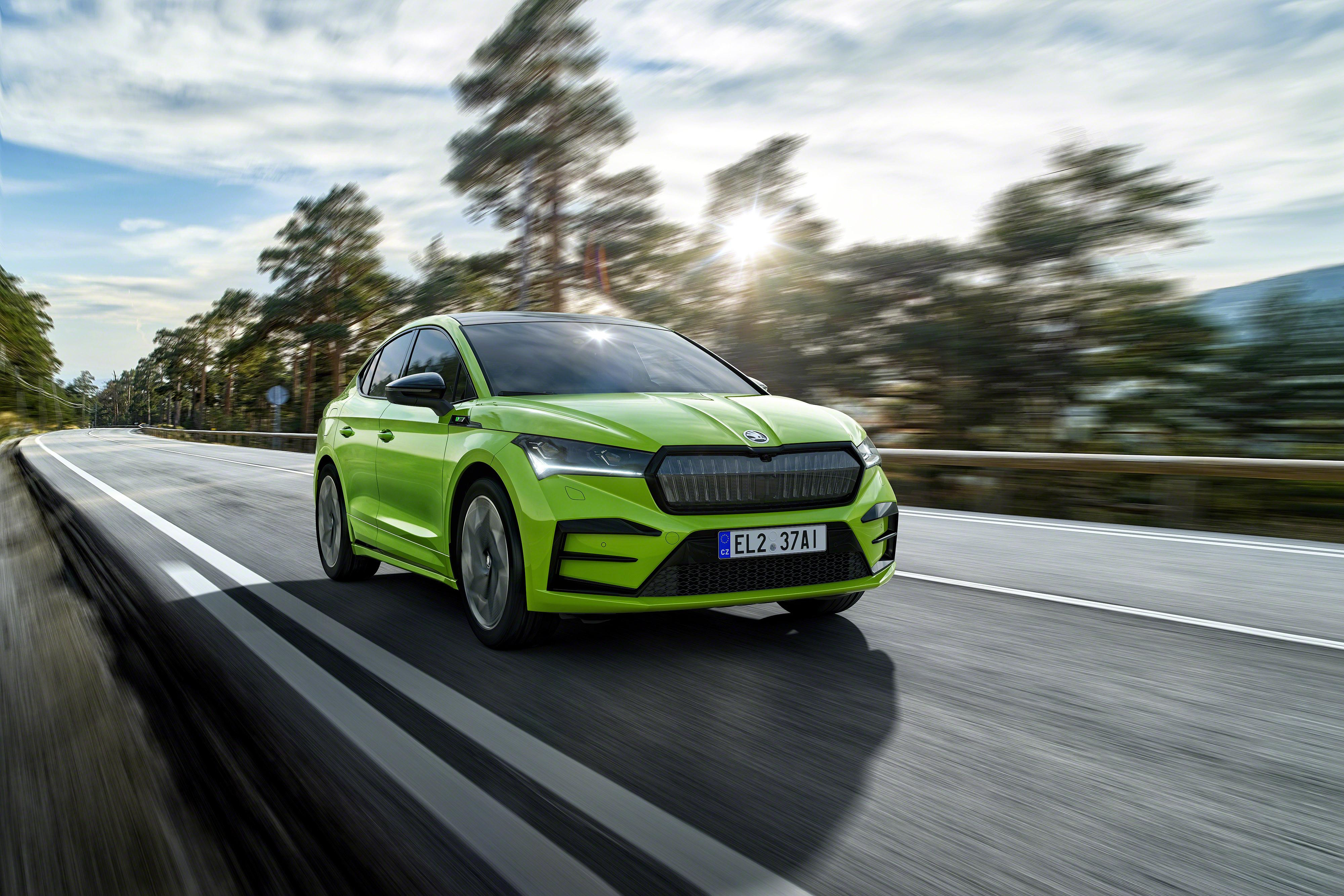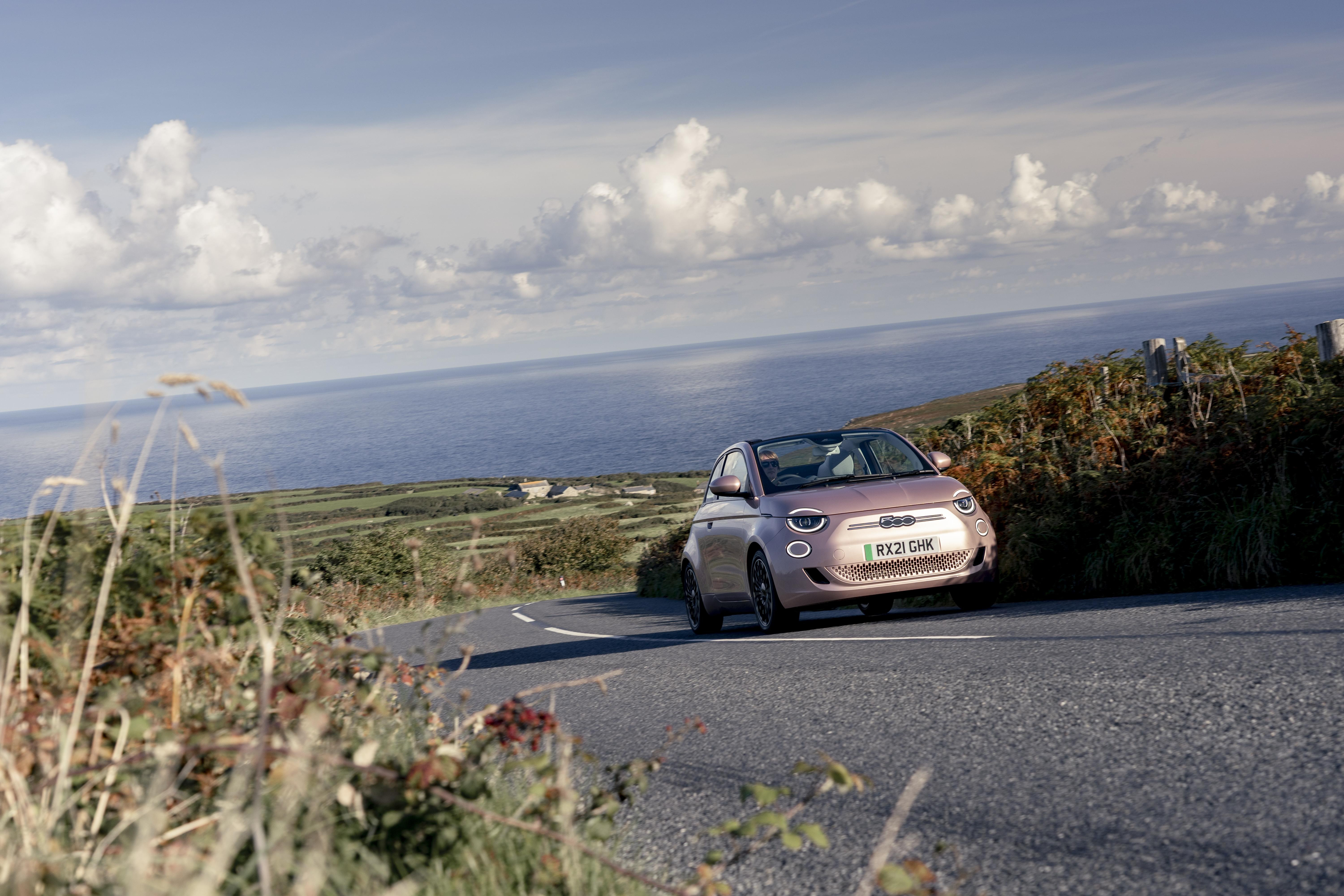How is an EV different to drive compared to a 'regular' car?

Is an electric car different to drive compared to an ICE car?
Even though some resemble ‘traditional’ cars, the latest EVs drive in a completely different way from a normal petrol or diesel car. Even if you’ve been driving for a long time, these changes might come as a bit of a shock.
There are a variety of ways in which an EV feels different to driving a petrol or diesel model and they can take some getting used to - initially at least. Here, we pick out some of the differences that you can expect from an EV.
Performance

One of the biggest things you’ll notice in an EV is the performance. Now whereas in a petrol or diesel car there’s usually a small delay between the application of the throttle and the delivery of power, in an electric car it’s instantaneous. All of the motor’s torque is delivered right away, which means that it’ll feel noticeably quicker - particularly away from a dead stop.
This is the case of all EVs. Even smaller, less powerful versions will still feel sprightlier than an equivalent combustion engine version.
Quiet
The quietness is another thing you’ll notice when driving an electric car. It’s funny what the removal of background engine noise does, as it leaves you with a really quiet, relaxing cabin that feels quite space-age.
Most manufacturers have also doubled their efforts to make sure that there’s not a squeak or rattle in an EV, because the lack of an engine note means that even low-level noises can’t be disguised.
Braking

Electric cars go about the job of braking in a very different way from a traditional car. Most adopt something called ‘regenerative braking’ which works by reversing the electric motor, slowing you down and harvesting the energy that would usually be lost in the braking process and sending it back into the battery.
For many EVs, this means that you can drive the car on just the throttle alone. When you need to slow down, you can simply lift off the accelerator pedal and the car will start to bring itself to a stop. The traditional brakes are still there but are more required for an emergency stop.
Low-speed movements
When you’re driving at slower speeds it’s likely that you’ll notice a difference too. It relates back to that one-pedal driving that we were talking about earlier. You’ll find it’s particularly handy when queueing in traffic as it allows you to creep forward and slow down really easily.
Likewise, the instant acceleration that you get from the electric motor makes nipping in and out of traffic or spaces very simple.
Assistance systems

Most of the latest EVs are equipped with some of the most cutting-edge assistance systems available. Features such as lane keep assist and rear cross-traffic alert have been designed to keep both the driver and occupants as safe as possible, but they may feel a little alien, to begin with.
Lane keep assist, for example, will help to ‘guide’ the car around a corner and might vibrate the steering wheel or activate an alert if it detects that the vehicle is straying out of the lane. They can be deactivated, of course, but for longer journeys, they’re well worth keeping on.


















